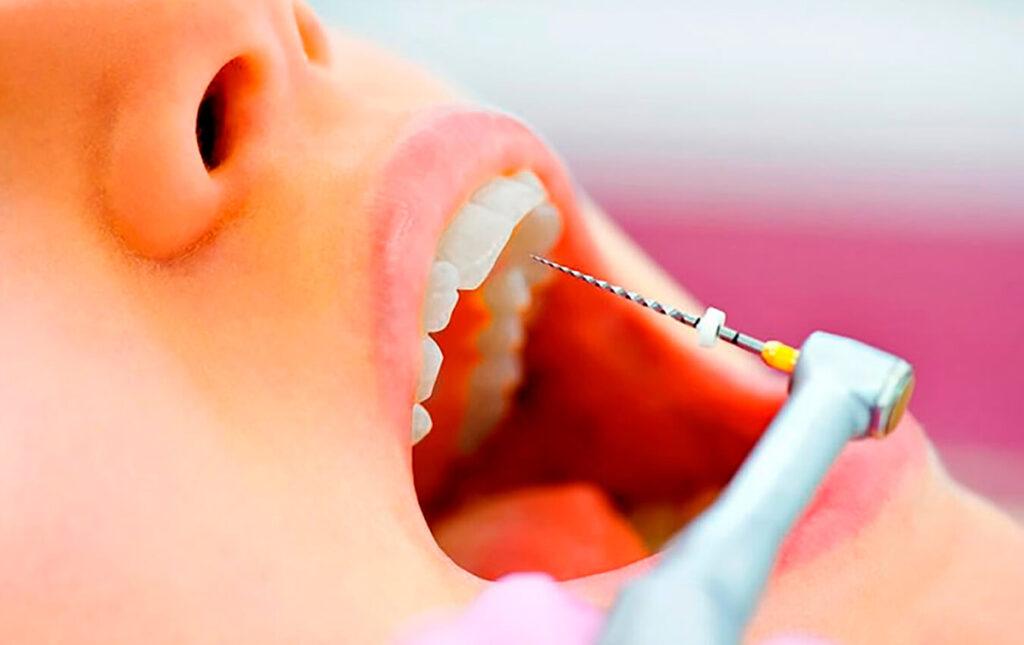
Benefits
- Root resection repairs problems that other procedures cannot repair.
- It helps maintain the tooth in situations such as root fractures or damaged root surfaces.
Who is this procedure for?
- Root resection is done in instances where conventional root canal treatment is not enough to save the affected tooth
- People who have vertical tooth fractures
- •People whose narrow channels cannot be treated
- People whose teeth do not heal after a successful non – surgical treatment
- People with damaged root sections.
What happens before the procedure?
In the root resection procedure, both the gum and tooth are anesthetized. X-rays are taken at the primary visit.
What happens during the procedure?
Once the gum and tooth are numbed, the dentist makes an opening near the tooth that will allow him or her to see the area. If the root end resection is completed the dentist will remove the infected and inflamed tissue, then cut off the root end; he or she will also explore for fractures or canals that were not seen on X – rays. The area is then cleaned and a filling is placed on the area to help seal the end of the root. The material that is used for the sealing can be mineral trioxide aggregate and/or composite/glass/resin ionmer. Gums are stitched back to the original positions.
What happens after the procedure?
The area will be bruised and swollen; as well as that, patients are likely to experience numbness for a couple of days. The dentist will prescribe anti – i

